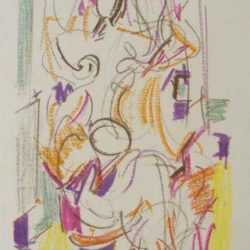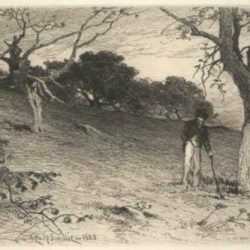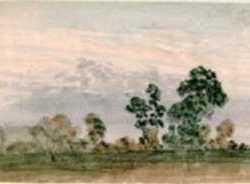Filter by Type
Filter by Category
Filter by Size
Filter by Year
Artists
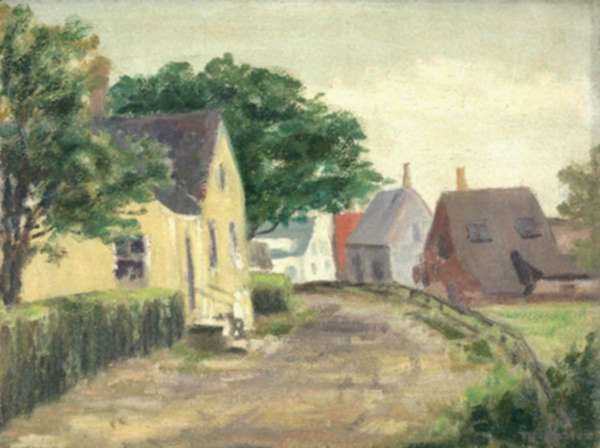
Marion Patten
American (1889-1941)
Marion E. Patten, a native of Malden, Massachusetts came to painting at the age of 39 while summering in Provincetown, Massachusetts in 1928. Her immediate interest in oil was encouraged there under the instruction of George Elmer Browne (1871-1946) of New York. After her season in Provincetown she enrolled in the School of the Museum of Fine Arts Boston where she studied painting and figure drawing under Philip Hale (1865-1931). In her first seasons of painting she did a remarkable series of small Impressionist landscapes in and around Provincetown that have been likened to certain works of Pissaro.
Later Patten became a well-recognized portrait painter, having studied under Leslie Thompson of Boston and Wayman Adams of New York. Her career was cut short by her untimely death at age 52.
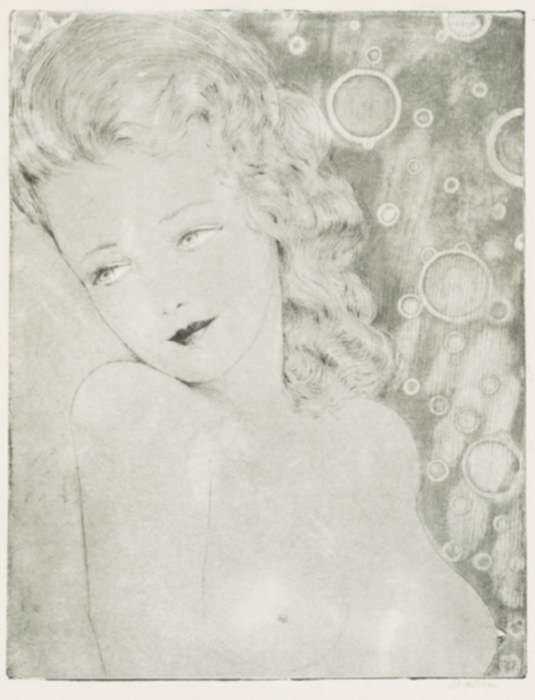
Leon Dolice
American (1892-1960)
Leon Dolice (1892-1960) Leon Dolice was born in Vienna in 1892. During his late teens he left his home to pursue his passion for art by traveling around Europe and studying the works of the Masters. Captivated by the idea of the adventure of crossing the Atlantic and finding freedom in the new world, he left Europe in 1920 for America. When he arrived in New York he was met by the turbulence of the roaring twenties, and found an oasis in Greenwich Village where the city streets became his inspiration. After making the acquaintance of George Luks, he was encouraged to explore and paint other parts of the city. The quickly changing architecture and back streets inspired him to chronicle the life of Manhattan through painting and printmaking.
Third Avenue El, was one of his favorite subjects, as it was the view from his studio throughout his life. This elevated train was phased out in the 1950s.
As his son Joe Dolice wrote: "His work brings to light aspects of nostalgic New York that survives today only in small part, whether in architecture or in spirit."
Works by Leon Dolice
Works by Ernest Fiene
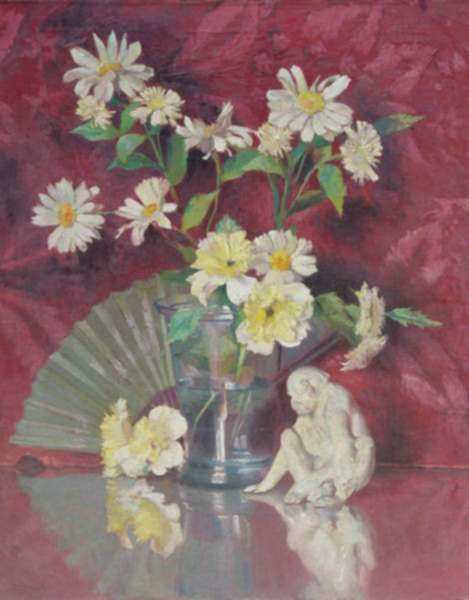
Richard Delano Briggs
American (1914-1979)
Richard Briggs was born in 1914 in Fairhaven, Massachusetts and was a 1936 graduate of the Massachusetts School of Art. He both studied with and worked in the studio of Ernest L. Major, whose influence is strongly evident in much of his work. The still lifes currently available at Childs Galery are typical of the period and of Briggs's work at the height of his career. He was an illustrator, as well as a painter, and an active member of the Guild of Boston Artists. The artist's painting time was divided between the Boston suburb of Newton and the island of Nantucket. In 1938 and 1939, he received two gold medals, the Edward R. Milton awards, at the Jordan Marsh exhibitions in Boston, where his work was shown alongside some of his most important contemporaries.
Briggs also exhibited at the Currier Gallery of Art, in Manchester, New Hampshire; the National Academy of Design, New York; and the Guild of Boston Artists. During World War II, he was a pilot instructor for the Royal Canadian Air Force with the rank of flight lieutenant. In the mid 1930s he became friends with Edmund Tarbell, one of the founding members of the influential group of American Impressionists referred to as "The Ten." At the time of his death, Tarbell left Briggs his collection of pastel chalks. Briggs was later a teacher at the Massachusetts School of Art. This talented artist died on April 3, 1979.
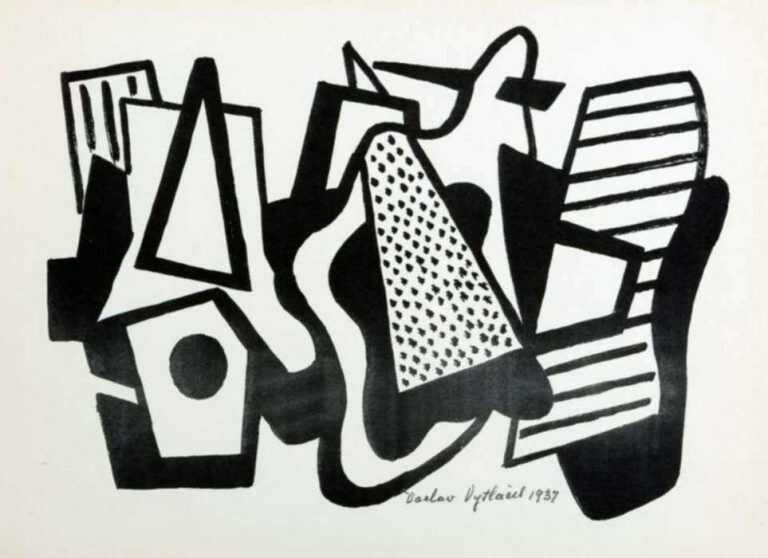
Vaclav Vytlacil
American (1892-1984)
Vaclav Vytlacil was born in New York in 1892 to Czech parents. He studied and taught at the Art Students League in New York and later became a member of the New York School. In 1936 Vytlacil co-founded the American Abstract Artists Group and was an active member of the group for a number of years. He later moved away from the mission of the group when he began to feel constrained by their flat, geometric program. In 1941 Vytlacil bought a studio in Chilmark, Martha’s Vineyard where he spent his summers until his death in 1984. He was a frequent exhibitor at the Old Sculpin Gallery and a beloved and influential figure to many Island artists. Vytlacil’s work from the Vineyard draws on beach and oceanic themes.
Exhibited at the Art Institute of Chicago, Philadelphia Academy of Fine Arts, Carnegie Institute, Metropolitan Museum of Art, and others.
Works held at the Art Students League New York, Colorado Springs Fine Arts Center, Dalton School New York, Metropolitan Museum of Art, Montclair Art Museum, University of Notre Dame Art Gallery, Whitney Museum of American Art, and others.
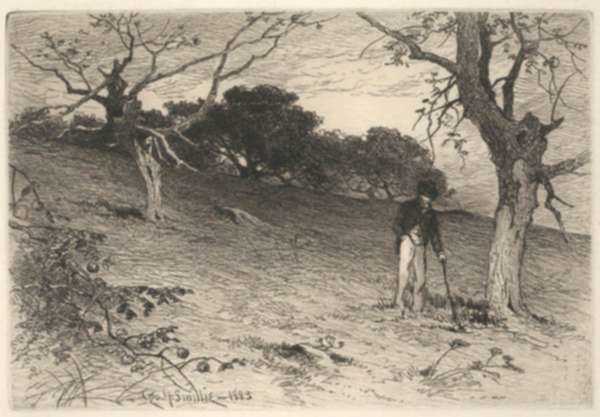
George H. Smillie
(1840-1920)
George Henry Smillie was born in New York City in 1840, the son of James Smillie (1807-1885), the famous line engraver. He studied under James M. Hart and was elected to associate membership in the National Academy of Design in 1864 and to full membership in 1882. He was recording secretary of the NAD from 1892-1902. Although he made sketching trips to the Rock Mountains, Yosemite Valley, and Florida, he is best known for his picturesque views of the New England and Long Island shores.
Smillie exhibited extensively during his lifetime at almost every major U.S. venue including the Philadelphia Centennial, Boston Athenaeum, Boston Art Club, American Water Color Society, Salmagundi Club, the Brooklyn Art Association, Art Institute of Chicago, Corcoran Gallery, Society of Independent Artists, and the Pennsylvania Academy of Fine Arts. He exhibited almost every year at the National Academy of Design from 1862 to 1921. Smillie was proficient in both watercolor and oil and exhibited widely in both media. He was also a member of the Century Association and the Lotus Club. He was honored with a medal for his painting at the Louisiana Purchase Exposition at St. Louis in 1904 and from the Society of American Artists in 1907.
In November of 1870 the New York Herald said his works…”do infinite credit tohim in their carefully finished execution and in the understanding of the subject…A certain refinement rund through all his artistic work, no matter what the subject. It enhances the charm of his more quiet scenes, modifies, without losing the character of bolder, wilder views.”
A painting, East Hampton Meadows, is in the collection of the Metropolitan Museum.

![Painting by Marion Patten: Provincetown Houses [Massachusetts], represented by Childs Gallery](https://childsgallery.com/wp-content/uploads/marion_patten_provincetown_houses__massachus_clc13467-47r_childs_gallery-250x250.jpg)
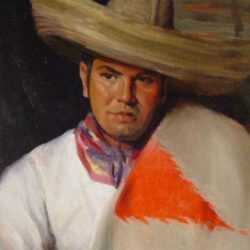
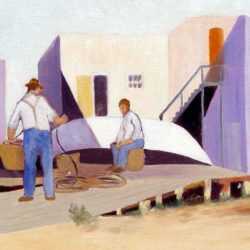
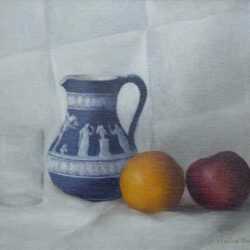
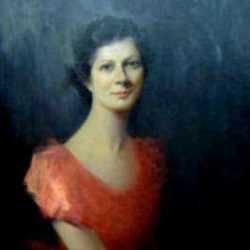
![Painting by Marion Patten: [House Along the Street, Provincetown, Massachusetts], represented by Childs Gallery](https://childsgallery.com/wp-content/uploads/marion_patten__house_along_the_street__provi_cgl40160-1_childs_gallery-250x250.jpg)
![Painting by Marion Patten: [Houses Along the Road, Provincetown, Massachusetts], represented by Childs Gallery](https://childsgallery.com/wp-content/uploads/marion_patten__houses_along_the_road__provin_cgl40160-3_childs_gallery-1-250x250.jpg)



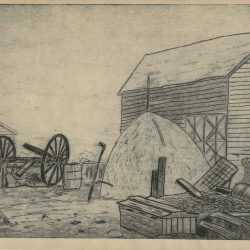

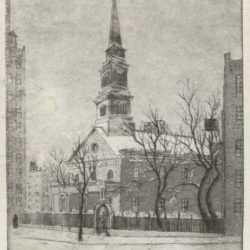

![Pastel by Leon Dolice: Misty City [New York, NY], available at Childs Gallery, Boston](https://childsgallery.com/wp-content/uploads/leon-dolice_misty-city-new-york-ny_childs_gallery_12666-250x250.jpg)



![Pastel by Leon Dolice: [Manhattan Skyline I], represented by Childs Gallery](https://childsgallery.com/wp-content/uploads/leon_dolice__manhattan_skyline_i__bb1246-01_childs_gallery-250x250.jpg)
![Pastel by Leon Dolice: [New York Harbor], available at Childs Gallery, Boston](https://childsgallery.com/wp-content/uploads/leon-dolice_new-york-harbor_childs_gallery_11724-250x250.jpg)
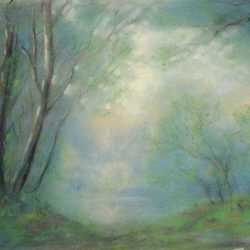
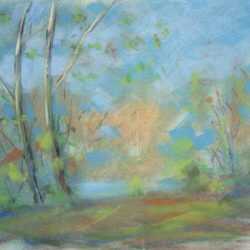
![Pastel by Leon Dolice: [New York Harbor Scene], represented by Childs Gallery](https://childsgallery.com/wp-content/uploads/leon_dolice__new_york_harbor_scene__bb1246-06_childs_gallery-250x250.jpg)
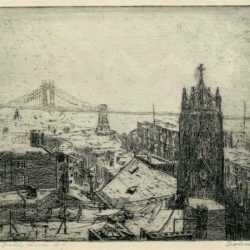
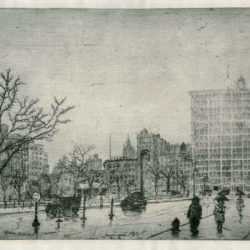
![Print by Leon Dolice: [St. Patrick's], represented by Childs Gallery](https://childsgallery.com/wp-content/uploads/leon_dolice__st._patricks__bb1354-05_childs_gallery-250x250.jpg)
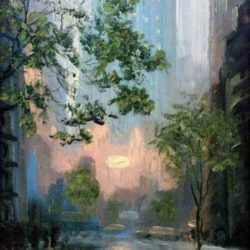
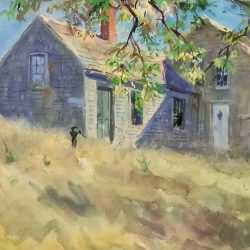
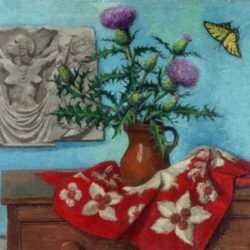
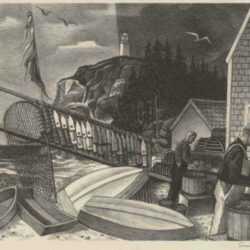
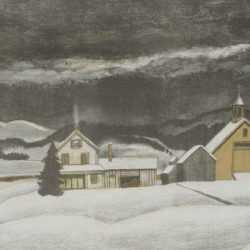
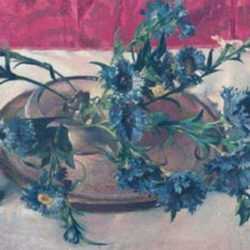
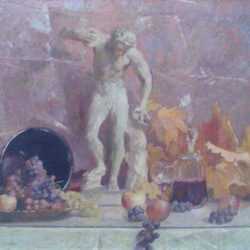
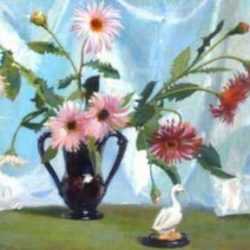
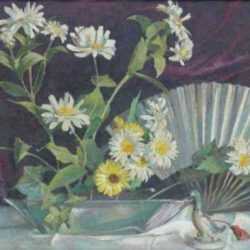
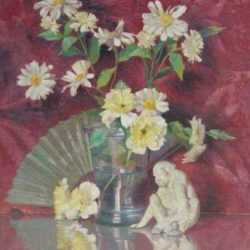
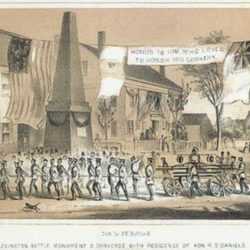
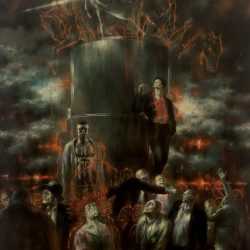
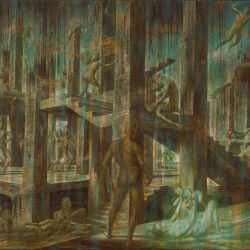
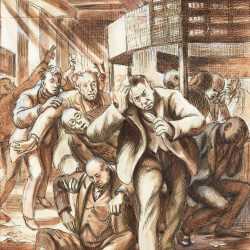
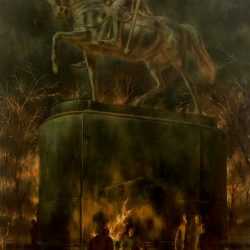
![Watercolor by Edward Laning: Taormina [Sicily, Italy], represented by Childs Gallery](https://childsgallery.com/wp-content/uploads/edward_laning_taormina__sicily__italy__03-09-76_cgl57854_childs_gallery-250x250.jpg)
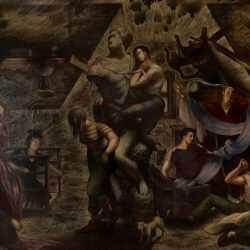
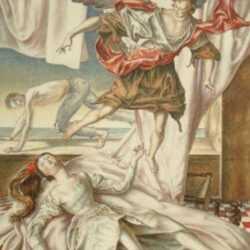
![Pastel by Vaclav Vytlacil: [Landscape with Sea and Sky], represented by Childs Gallery](https://childsgallery.com/wp-content/uploads/vaclav_vytlacil__landscape_with_sea_and_sky__99-24-3_childs_gallery-250x250.jpg)
![Mixed media by Vaclav Vytlacil: Three Fish [Martha's Vineyard, Massachusetts], represented by Childs Gallery](https://childsgallery.com/wp-content/uploads/vaclav_vytlacil_three_fish__marthas_vineyard__ps92-42-236-4_childs_gallery-250x250.jpg)
